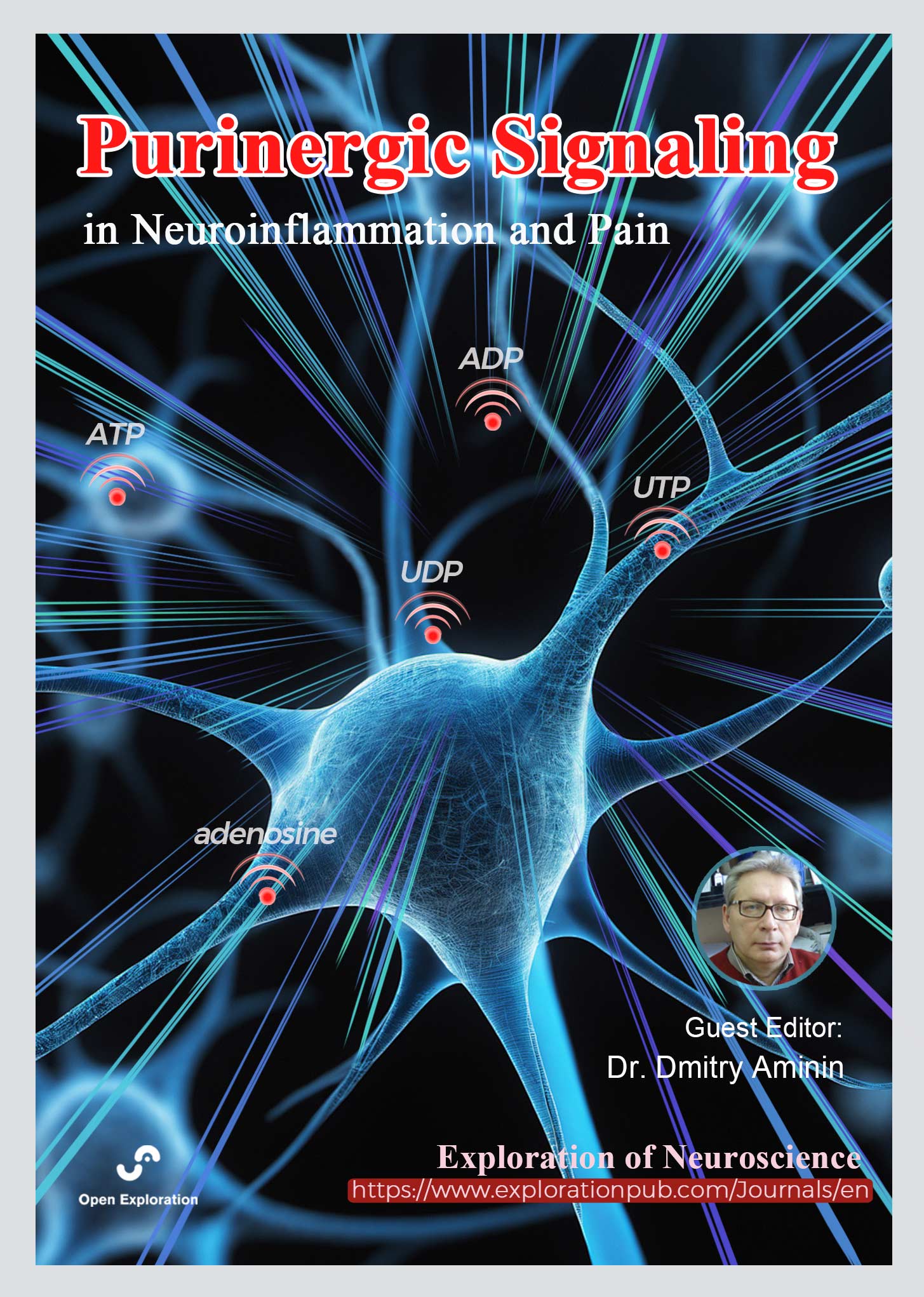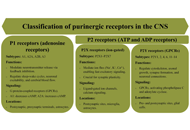
Purinergic Signaling in Neuroinflammation and Pain
Guest Editor
Dmitry Aminin E-Mail
Head of the Laboratory of bioassay and mechanism of action of biologically active compounds, G.B. Elyakov Pacific Institute of Bioorganic Chemistry, Far Eastern Branch of the Russian Academy of Sciences, Russia; Adjunct Visiting Professor at Kaohsiung Medical University, Taiwan, China
Research Keywords: Biochemistry, cell biology, mechanism of biological activity of natural and synthetic substances, structure-activity relationships, biomarkers, new drug discovery, drug targets
About the Special lssue
It is now clear that the physiological effect of extracellular ATP is mediated by its interaction with specific purinergic receptors. All purinergic receptors are divided into P1-purinoceptors (the main ligand is adenosine) and P2-purinoceptors (the main ligands are ATP/ADP, UTP/UDP). Each of the subtypes is divided into a number of families. For example, P2 receptors are divided into P2X and P2Y receptors based on their mechanism of action: P2Y are G protein-coupled receptors, and P2X receptors are ligand-gated ion channels (or ionotropic receptors).
P2X receptors are important molecular therapeutic targets, the disruption of which leads to serious complications in human and animal physiology, and causes dangerous diseases. The search for compounds that can modulate the function of purinergic receptors may lead to the development of new drugs effective in the treatment of diseases of the central and peripheral nervous system and the immune system.
The remarkable complexity of the “purinome” (clusters of agonists, receptors, and enzymes involved in purinergic signaling) and the involvement of its components in (patho) physiological functions highlight their regulatory importance. It is now well known that "purinome" is involved in a number of neurodegenerative diseases as well as neuroinflammation and neuropathic pain.
In this Special Issue, we wish to offer a platform for high-quality publications on the latest advances in the identification of P2X/Y and P1 receptor blockers, functions, and regulation by them; the characterization of these receptor signaling networks and crosstalk; mechanisms underlying the role of purinoceptors in neurodegenerative illnesses as well as chronic neuronal changes and pain following acute noxious damage; and therapeutic opportunities associated with regulation of purinergic receptor activity. This issue will be of interest to researchers working on cell signaling, neurology, and immunology, and also to chemical biologists interested in drug discovery, and clinicians.
Keywords: Purinergic receptors, P2X, P2Y and P1 family receptors, signaling mechanisms, neuroinflammation, neurodegeneration, neuropathic and inflammatory pain, receptor antagonists, enzyme inhibitors, new drug discovery
Published Articles
